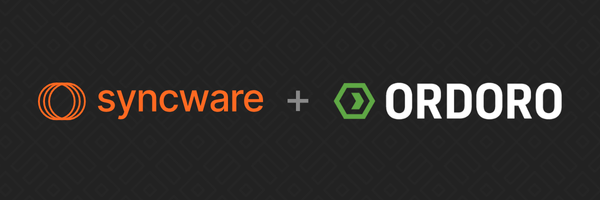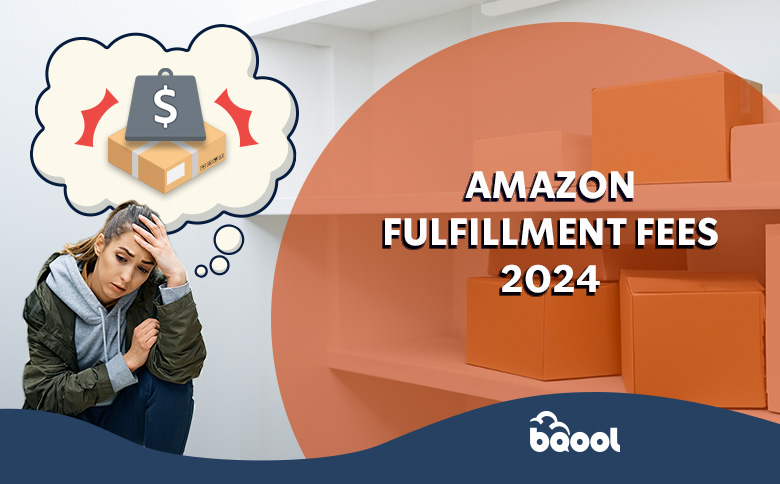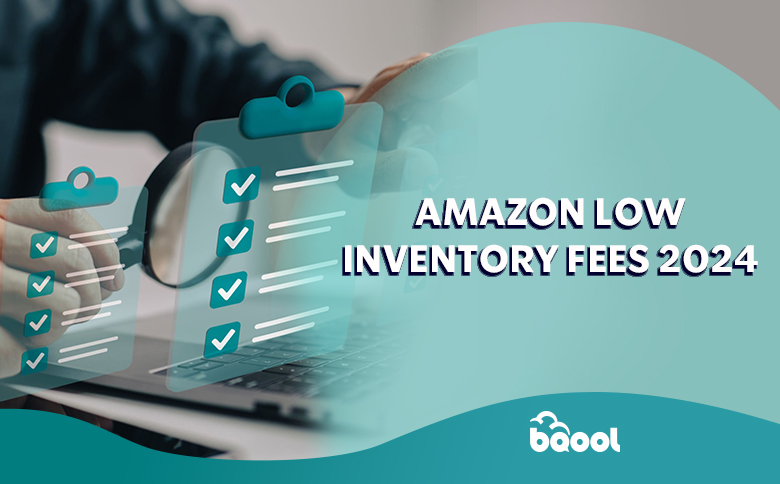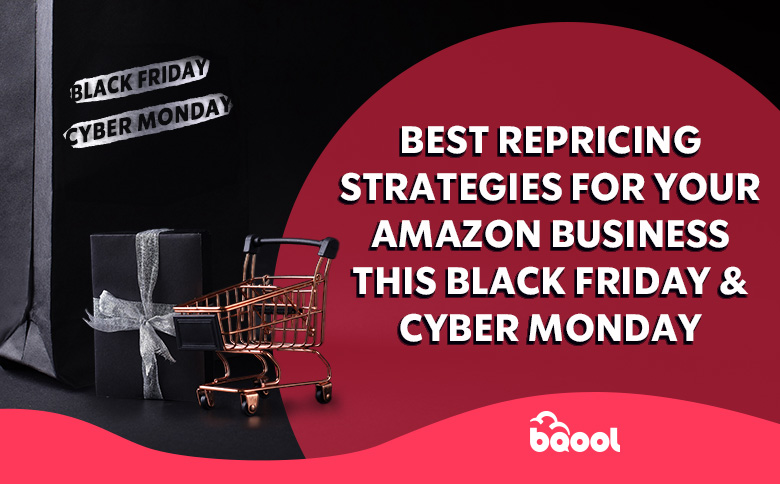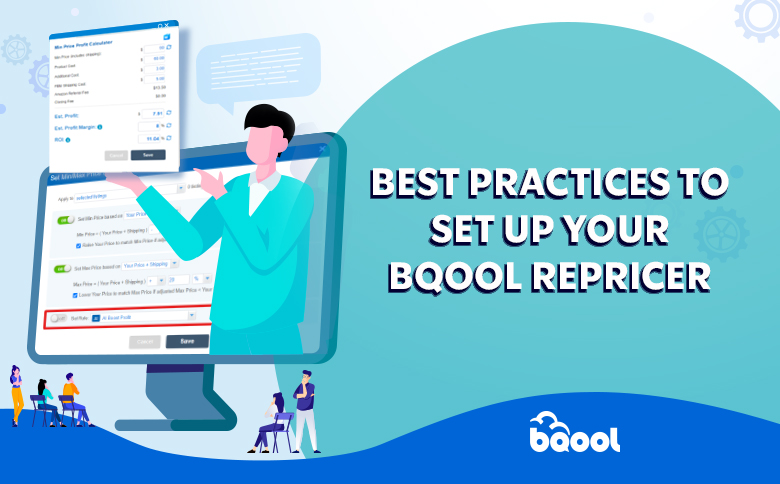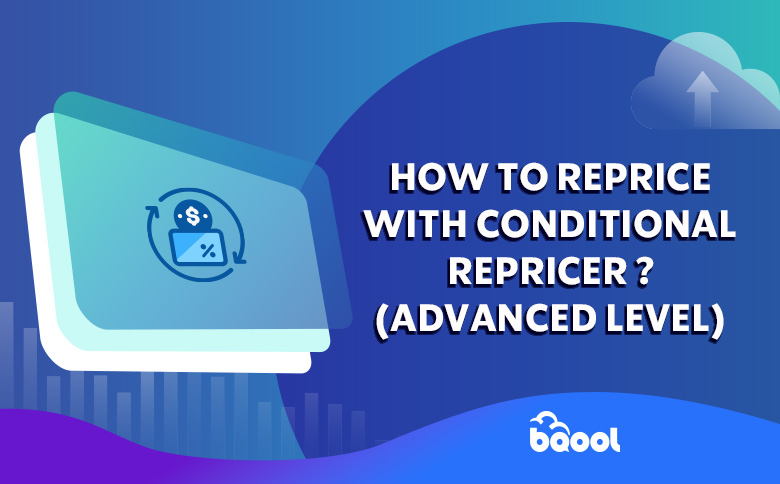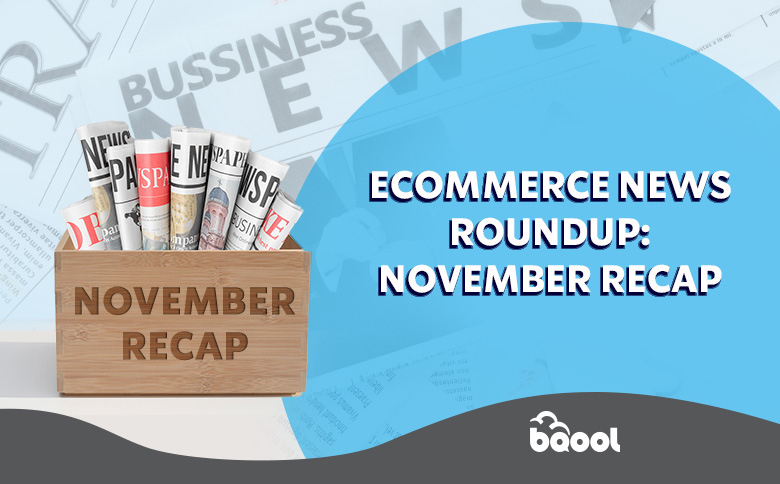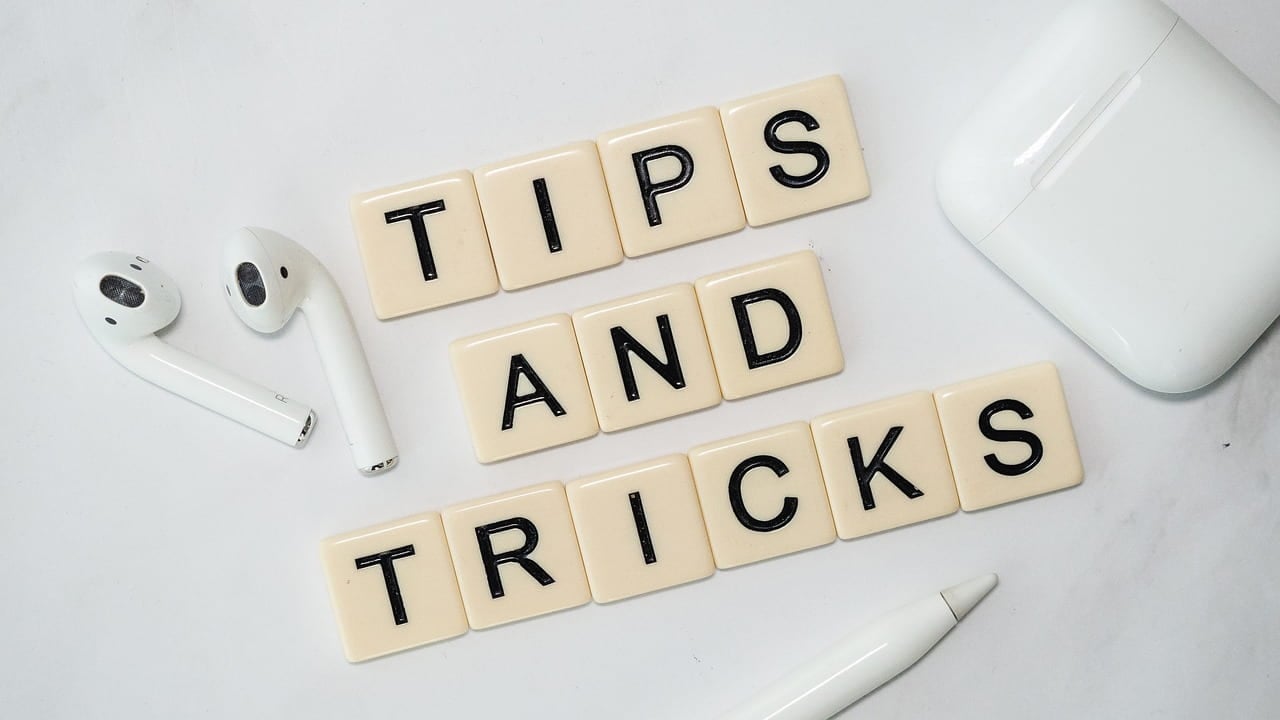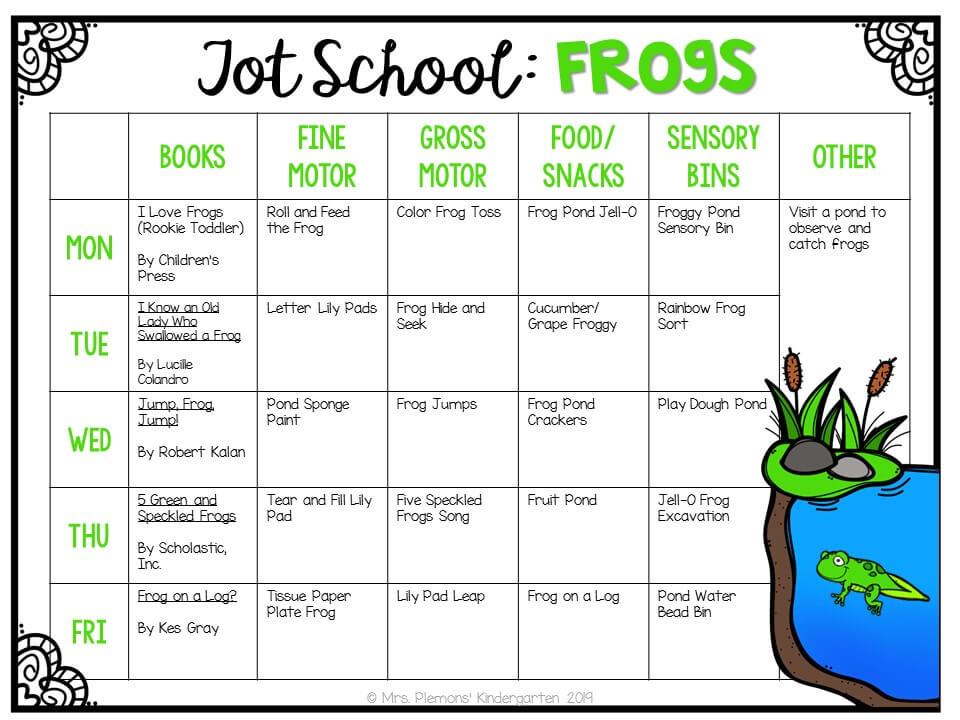As 2023 drew to an end, Amazon sellers had plenty to keep tabs on even as holiday orders slowed. From platform updates to logistics changes and more, December brought significant announcements every merchant needs to know to start 2024...
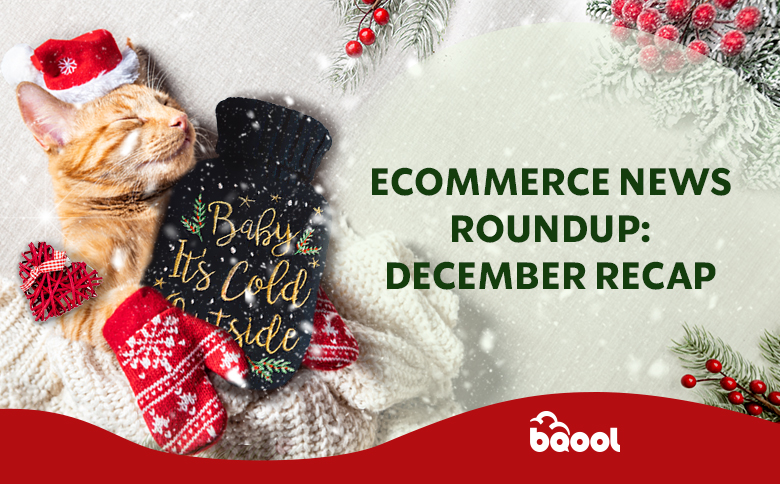
As 2023 drew to an end, Amazon sellers had plenty to keep tabs on even as holiday orders slowed. From platform updates to logistics changes and more, December brought significant announcements every merchant needs to know to start 2024 off informed.
 Identify Demand for your Products in Europe and Japan with New Dashboard
Identify Demand for your Products in Europe and Japan with New Dashboard
The Similar Products dashboard, recently launched within the Marketplace Product Guidance tool, helps you to better understand demand for your products in Europe and Japan.
With the new dashboard, you can compare the prices of up to five similar products to help you determine your pricing strategy. The dashboard also provides data insights pertaining to sales and performance trends.
The Similar ASINs dashboard also allows for a snapshot view of potential offers that you can fulfill to expand your global selling efforts.
Go to the�Similar ASINs dashboard (Under Global demand for your products)�to try it now, or go to�Marketplace product guidance�for more information.
�
Premium service: You can send your inventory to a single Receive Center or Fulfillment Center and Amazon will spread inventory across our network on your behalf, for a fee. The fee may vary by inbound location, with higher fees for shipments sent to locations in the West versus other parts of the country.
Discounted service: Send your inventory to multiple inbound locations yourself (FBA seller), for a reduced fee or no fee. The discount will depend on several factors such as number of shipments and inbound locations you send your inventory to.
�
Low-inventory-level fee:Which products are eligible for the low-inventory-level fee?
The low-inventory-level fee only applies to standard-sized products if the historical days of supply is less than 28 days.
The low-inventory-level fee won�t apply to the following:
o���� New professional sellers, for the first 365 days after the first inventory-received date.
o���� New-to-FBA parent products for the first 180 days after the first inventory-received date. Sellers need to be enrolled in FBA New Selection to get this benefit. For more information, including seller and product eligibility, go to FBA New Selection.
o���� Products that are auto-replenished by Amazon Warehousing and Distribution.
Reference:
(US) 2024 US referral and FBA fee changes summary
(US) 2024 FBA inbound placement service fee
(US) 2024 US FBA fulfillment fee changes
(US) 2024 FBA monthly inventory storage fee and aged inventory surcharge changes
(US) Low-inventory-level fee
 Update to US Referral and Fulfillment by Amazon Fees
Update to US Referral and Fulfillment by Amazon Fees
In 2024, Amazon will implement a set of fee changes. Sellers will see an average increase of $0.15 in fees per unit sold (which is significantly less than the increases announced by other logistics providers).
Amazon will�introduce an inbound placement service fee�for standard and Large Bulky-sized products to reflect our cost of distributing inventory to fulfillment centers close to customers. These fees will average $0.27 per unit for standard-sized products and $1.58 per unit for Large Bulky-sized products. Amazon will give you the option to pay reduced fees or even no fee based upon whether you send your shipment to a single location or multiple locations. These fees will be effective starting March 1, 2024, and the fees will be charged 45 days after products are received. Go to the�Inbound placement service fee page�for more details.
Amazpn will�decrease FBA fulfillment fee rates for standard-sized products by $0.20 per unit and for�Large Bulky-sized products by $0.61�per unit. These fees will apply starting April 15, 2024, the same date that the first inbound placement fees will begin to be charged. Products priced below $10 will continue to have an additional $0.77 discount on per-unit fees. Go to the�FBA fulfillment fee rates page�for more details.
In addition, to reflect the cost savings when products can be shipped in their existing packaging, Amazon will�offer a fulfillment fee discount ranging from $0.04 to $1.32, depending on item size and weight, for eligible products in the Ships in Product Packaging (SIPP) program. These discounts will apply starting February 5, 2024. Go to the�Ships in Product Packaging (SIPP) program page�for more details.
In addition to inbounding and placement, maintaining sufficient inventory levels also enables us to place inventory closer to customers across our network, reducing costs to fulfill orders. In cases where you have low inventory levels, this drives transportation costs higher, and Amazon will introduce fees to align with these underlying costs. Where your actions reduce our costs of fulfillment by maintaining healthy inventory levels, you will see lower fees for these items. Accordingly, Amazon will make the following changes:
Amazon will�introduce a low-inventory-level fee�for standard-sized products. The fee applies if you carry consistently low levels of inventory relative to unit sales, as this inhibits our ability to distribute products across our network, degrading delivery speeds and increasing our shipping costs. Sellers can avoid this fee by maintaining more than four weeks of inventory relative to sales. These fees will apply starting April 1, 2024. Go to the�Low-inventory-level fee page�for more details.
To help enable you to carry sufficient levels of inventory, Amazon will�reduce the non-peak monthly storage fees�for standard-size products�by an average of $0.09 per cubic foot, from an average of $0.87 per cubic foot to $0.78 per cubic foot, from January through September. Monthly storage fees for non-standard-sizes will remain unchanged. This change will apply starting April 1, 2024. Go to the�monthly storage fees page�for more details.
Amazon will�reduce referral fees for apparel products�priced below $20. For items priced under $15, Amazon will decrease referral fees from 17% to 5%. For products priced between $15 and $20, Amazon will decrease referral fees from 17% to 10%. Other referral fees will remain unchanged. These reduced fees will apply starting January 15, 2024.
Amazon�introduced a new, lower pricing structure for Amazon Vine. This program is designed to help brands get insightful reviews and help customers make informed buying decisions. The new fee tiers apply to products enrolled in the program on or after October 19, 2023. Go to the�Amazon Vine page�for more details.
Amazon will�expand benefits as part of the US FBA New Selection program. Amazon will provide an average 10% rebate on sales of eligible new-to-FBA parent products, newly including these benefits for non-branded selection. In addition, Amazon will provide expanded program eligibility for oversize selection and newly offer Vine benefits for eligible sellers and associated selection. Changes will take place starting March 1, 2024. Go to the�FBA New Selection page�for more details.
Amazon �will�introduce updated rates and new benefits for Supply Chain by Amazon, an automated set of supply chain services that provides an end-to-end solution to quickly and reliably move your products from manufacturers to customers around the world. Amazon are updating the fees for Amazon Global Logistics, Partnered Carrier Program, and Amazon Warehousing & Distribution. Amazon will also provide new discounts for products that are auto-replenished by Amazon. Go to the�Supply Chain by Amazon page�for more details.
Amazon are also making annual updates to Storage Utilization Surcharge, Removal, Disposal, Aged Inventory, Prep, and Inbound Defect fees. For outbound fees, Amazon will also make our rate card more granular for standard-sized products and revise the structure and eligibility criteria for non-standard-size products by introducing Large Bulky and Extra-Large size tiers.
Finally, Amazon will expand the�returns processing fee�to apply to high return-rate products in all categories, excluding apparel and shoes. This fee will address the operational costs of returns and reduce waste. The returns processing fee will only apply to products that have the highest return rates relative to other products in their category and will apply starting June 1, 2024. Existing returns processing fees for apparel and shoes will remain unchanged on average. Go to the�Returns processing fee page�for more details.
For a detailed summary of all fee changes, go to�amazon.com/selling-fee-changes. For fee updates by type, go to�2024 US Fulfillment by Amazon fee changes�and�2024 storage fee changes.
 Reduce Apparel and Shoe Returns with Fit Insights Tool
Reduce Apparel and Shoe Returns with Fit Insights Tool
Amazon launched the Fit Insights tool to give apparel and shoe brands access to fit-specific insights about their products to help meet customer sizing expectations and reduce returns.
Using artificial intelligence and machine learning technology, Fit Insights analyzes returns data, size charts, and customer feedback on fit, quality, and price to recommend improvements to your size charts and product listings.
The tool offers the following benefits:
Products categorized by return health, from very poor to excellent, so you can quickly identify listings that need to be updated. A comparison of your product return rate against an average benchmark of best-in-class products in a similar price and style with low returns. A summary of customer insights based on positive and negative customer feedback. Analysis of your size charts with recommendations on how to resolve size chart issues and meet customer sizing expectations.Fit Insights is only available to apparel and shoe brands enrolled under Amazon Brand Registry, with at least 100 units sold in the last 12 months.
To access the tool, go to�Fit Insights�on Seller Central.
To learn more, go to�Fit Insights tool.
 Simplify Business Operations with Apps Newly Added to our Appstore
Simplify Business Operations with Apps Newly Added to our Appstore
In 2023, Amazon added more than 15 industry-leading apps to the Selling Partner Appstore. These apps are vetted by Amazon for data security and compliance and offer business solutions to grow your business and automate repetitive tasks � all within your Seller Central accounts.
These apps are now available in the Selling Partner Appstore:
To see the full list of recently added apps, including�ShipMonk,�Acumatica Cloud ERP,�Spocket,�OneStone,�CommerceIQ, and�Salesforce Intelligence, go to�Selling Partner Appstore News.
�
 Plan FBA Inventory Levels Using a New Metric
Plan FBA Inventory Levels Using a New Metric
Amazon has launched a new Minimum Inventory Level metric to help FBA sellers plan inventory levels more effectively, improve delivery speeds, and help them to avoid the recently announced low-inventory-level fee.
Amazon leverages advanced machine learning models to analyze demand forecasts and replenishment settings and recommend the minimum number of units per product that you should have on hand in our fulfillment centers.
Maintaining inventory above the Minimum Inventory Level helps you meet customer demand and offer faster delivery speeds as products can be distributed across local fulfillment centers closer to customers. Sellers who maintain units above the Minimum Inventory Level see a 15% increase in sales over a four-week period on average, though actual results may vary .
To view your Minimum Inventory Level metric, go to�FBA Inventory.
The Minimum Inventory Level metric is an additional data point that helps you manage your FBA inventory and works alongside other important tools and metrics:
Historical days of supply: Effective April 1, 2024, the low-inventory-level fee will apply when both the long-term historical days of supply (last 90 days) and short-term historical days of supply (last 30 days) are below 28 days (4 weeks). To view your historical days of supply, go to�FBA Inventory.�
Inventory Performance Index (IPI): Efficient inventory management requires balancing inventory level so that it is not too much (excess) or too little (low or out of stock). Your IPI score reflects how well you reduce excess inventory, fix stranded listings, and improve sell through. Maintaining the Minimum Inventory Level will positively contribute to your IPI score. Amazon will update the Inventory Performance dashboard in the coming weeks to reflect this change. To review your IPI score, go to the�FBA Inventorydashboard or the�Inventory PerformanceCapacity limits: Your capacity limits are influenced by your IPI score, as well as other factors such as sales forecasts for your products, fulfillment center capacity, and shipment lead time. Your capacity limits will allow you to carry enough inventory to avoid the low-inventory-level fee, provided you don�t utilize your capacity to hold excess inventory. For more information, go to�FBA capacity limits.
Restock recommendations:�Restock recommendations�will continue to provide you with specific recommended ship-by dates and replenishment quantities for your next incoming shipments to help you maintain the Minimum Inventory Level. Amazon is working to bring restock recommendations to the FBA Inventory page for your convenience in the coming weeks.
For more information on how to manage your FBA inventory, go to�FBA Inventory overview.
The post Ecommerce News Roundup: December Recap appeared first on BQool Blog.



